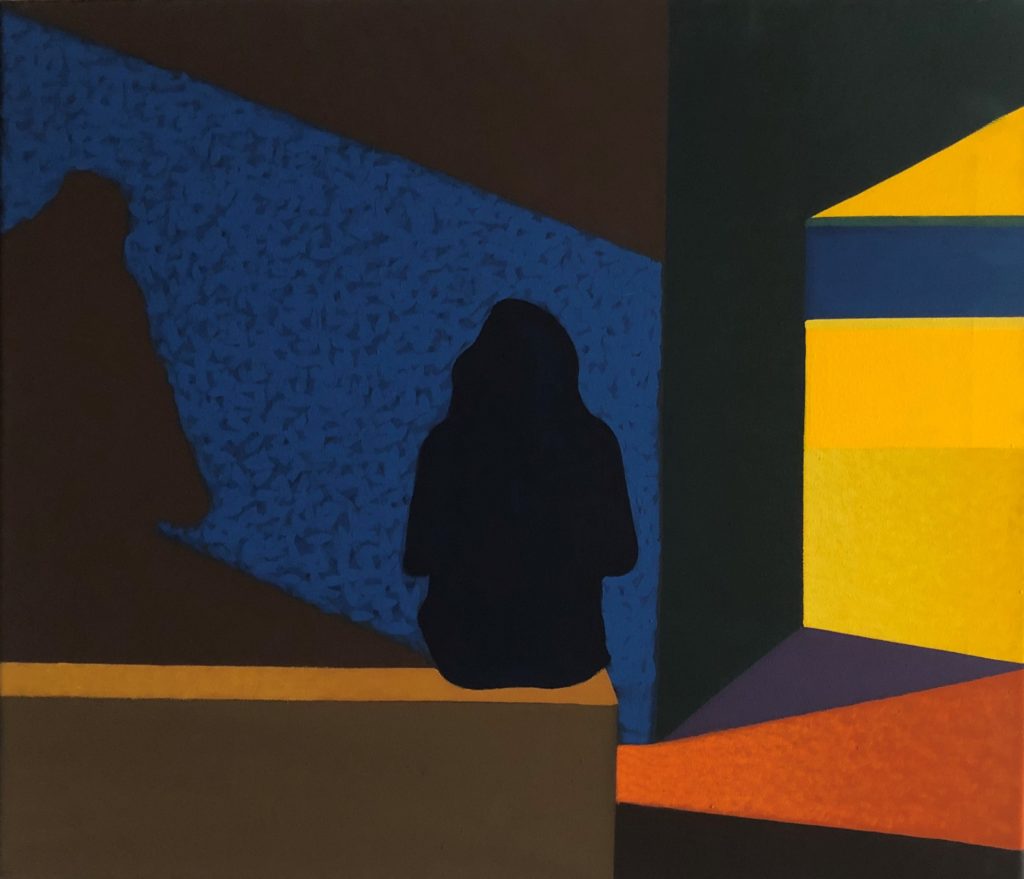CHARACTERISTICS OF THE ALTERNATIVE INVESTMENT MARKET
The art market is one of the alternative investment markets, and therefore, it is characterized by features that clearly separate it from the traditional investment market, which include stocks and bonds. The features of this market are best described by such distinguishing features as:
- low liquidity – this is the main characteristic of alternative assets. Trading does not take place here, as is the case on the stock or bond market, on an organized stock exchange, but through direct transactions between market participants or through auctions. The valuation of alternative assets is very often sporadic, the time between buying and selling the same property is often years. The main reason for the appearance of collectibles on the auction market is the so-called „3D”. It stands for death, debts and divorce. In the art market, low liquidity poses a risk that the investor will have to wait longer than expected if the market is dominated by the lack of demand at the price set by the owner.
- long investment horizon – the first characteristics of the market are directly related to the second. This is a difficult market for speculators as the average period of keeping a work of art is typically three or even five years. However, we can see clear progress here, because until recently it was a period of at least ten years. The fact that most investors keep their paintings for a long time helps collectors to develop a strategy that is well known in the stock market, ie „buy and hold”.
- the difficulty of determining the market value – this is the greatest drawback of alternative markets. Very often we can only determine the estimated price of an object, because until it is put up for sale it is impossible to determine its market price. We can compare a given object to similar other artists recently sold in galleries or at auctions, but as experience shows, the artist’s name and reputation are more important here and such estimates are subject to a large dose of error.
- a market that requires a lot of knowledge – collectors have to master a very large amount of knowledge to become experts in their field. However, this is not a novelty, because in order to successfully invest in any market, we need to get to know the market very well.
- the presence of fashions – the art market is cyclical and in certain periods a given type or direction of art is more popular than another. An example may be the great interest in the painters of „Young Poland” or „Munich School” at the end of the 20th century in Poland. Then there was a huge interest in the avant-garde of the 60’s and 70’s, just like now in Young and Current Art. The same is of course happening in world markets. Everyone remembers the 1980s, when due to mainly Japanese investors, the prices of Impressionist paintings increased more than 20 times, while the value of the DJIA index did not even double.
- the presence of investors who do not maximize the profit – this is a special characteristic of the collector markets or, we should say, more passionate. Very often a given investor just wants to have a given object and that’s it; the price is not important. We can often observe it at art auctions, when the estimated value of a given work is exceeded many times. If we are waiting for a given facility for the summer, the price often does not play such a role.

We could multiply the features and examples from alternative markets, but the above-mentioned ones seem to be the most important. We should add to this the problem of storage and the need to insure the collection (additional costs) and limitations in access to information. This last point is, however, less and less important with each passing year. The development of the Internet has made the art market more and more transparent, which increases its effectiveness.
Based on „The Art of Investing in Art” – Krzysztof Borowski